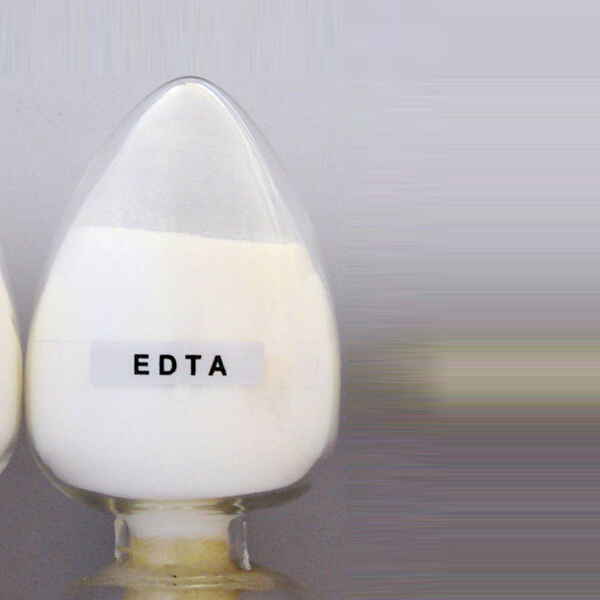
News
Nov . 16, 2024 12:45 Back to list
oem chelating agent industrial cleaners
The Role of OEM Chelating Agents in Industrial Cleaners
In the realm of industrial cleaning, the effectiveness of various cleaning agents is paramount. One of the unsung heroes in this field is the chelating agent. Used ubiquitously in commercial and industrial cleaners, these compounds play a crucial role in enhancing cleaning efficiency by binding metal ions and facilitating the removal of dirt and grime. This article explores the significance of OEM (Original Equipment Manufacturer) chelating agents in industrial cleaning solutions.
What are Chelating Agents?
Chelating agents are organic compounds that can form multiple bonds with a single metal ion. This property allows them to effectively neutralize the metal's reactivity, which is particularly important in maintenance and cleaning applications. By sequestering metal ions, these agents prevent them from participating in undesirable reactions, which often hinder cleaning processes or lead to deposits that can damage equipment.
In industrial settings, water hardness is frequently a challenge, as high levels of calcium and magnesium ions can lead to scaling in pipes, machinery, and surfaces. Chelating agents help to manage these metal ions by forming stable complexes, thereby preventing scaling and enhancing the effectiveness of other cleaning agents in formulations.
Importance of OEM Chelating Agents
The incorporation of OEM chelating agents into industrial cleaners allows for tailored solutions that meet specific cleaning needs. OEMs work closely with chemical manufacturers to develop proprietary blends that are optimized for various applications. This collaboration ensures that the chelating agents used are not only effective but also compatible with other ingredients in the formulation.
oem chelating agent industrial cleaners

For instance, when cleaning heavy machinery or equipment used in manufacturing, a strong yet non-corrosive cleaning agent is essential. OEM chelating agents can be engineered to provide robust performance without causing damage to sensitive surfaces. Additionally, these agents often enhance the solubility of other ingredients, which can lead to more efficient cleaning processes and reduced material costs.
Environmental Considerations
As the push for greener cleaning solutions continues, OEMs are increasingly focused on developing biodegradable chelating agents. Traditional synthetic chelators may pose environmental hazards, as they can persist in ecosystems and adversely affect aquatic life. OEMs are now looking into natural and environmentally friendly alternatives that not only provide the same efficiency without harming the environment but also comply with strict regulations.
Furthermore, enhanced formulations that reduce the need for toxic or harsh chemicals are being prioritized. This shift is pushing the industry toward sustainable practices while still ensuring that cleaning efficacy is not compromised.
Conclusion
In summary, OEM chelating agents play a vital role in the production of industrial cleaners, offering a combination of effectiveness, compatibility, and environmental responsibility. By understanding the unique properties and applications of these agents, OEMs can create tailored solutions that meet the diverse needs of industrial cleaning while promoting sustainable practices. As industries continue to evolve and face new cleaning challenges, the role of chelating agents will undoubtedly expand, ensuring that they remain an essential component of industrial cleaning solutions for years to come.
-
Polyaspartic Acid Salts in Agricultural Fertilizers: A Sustainable Solution
NewsJul.21,2025
-
OEM Chelating Agent Preservative Supplier & Manufacturer High-Quality Customized Solutions
NewsJul.08,2025
-
OEM Potassium Chelating Agent Manufacturer - Custom Potassium Oxalate & Citrate Solutions
NewsJul.08,2025
-
OEM Pentasodium DTPA Chelating Agent Supplier & Manufacturer High Purity & Cost-Effective Solutions
NewsJul.08,2025
-
High-Efficiency Chelated Trace Elements Fertilizer Bulk Supplier & Manufacturer Quotes
NewsJul.07,2025
-
High Quality K Formation for a Chelating Agent – Reliable Manufacturer & Supplier
NewsJul.07,2025
